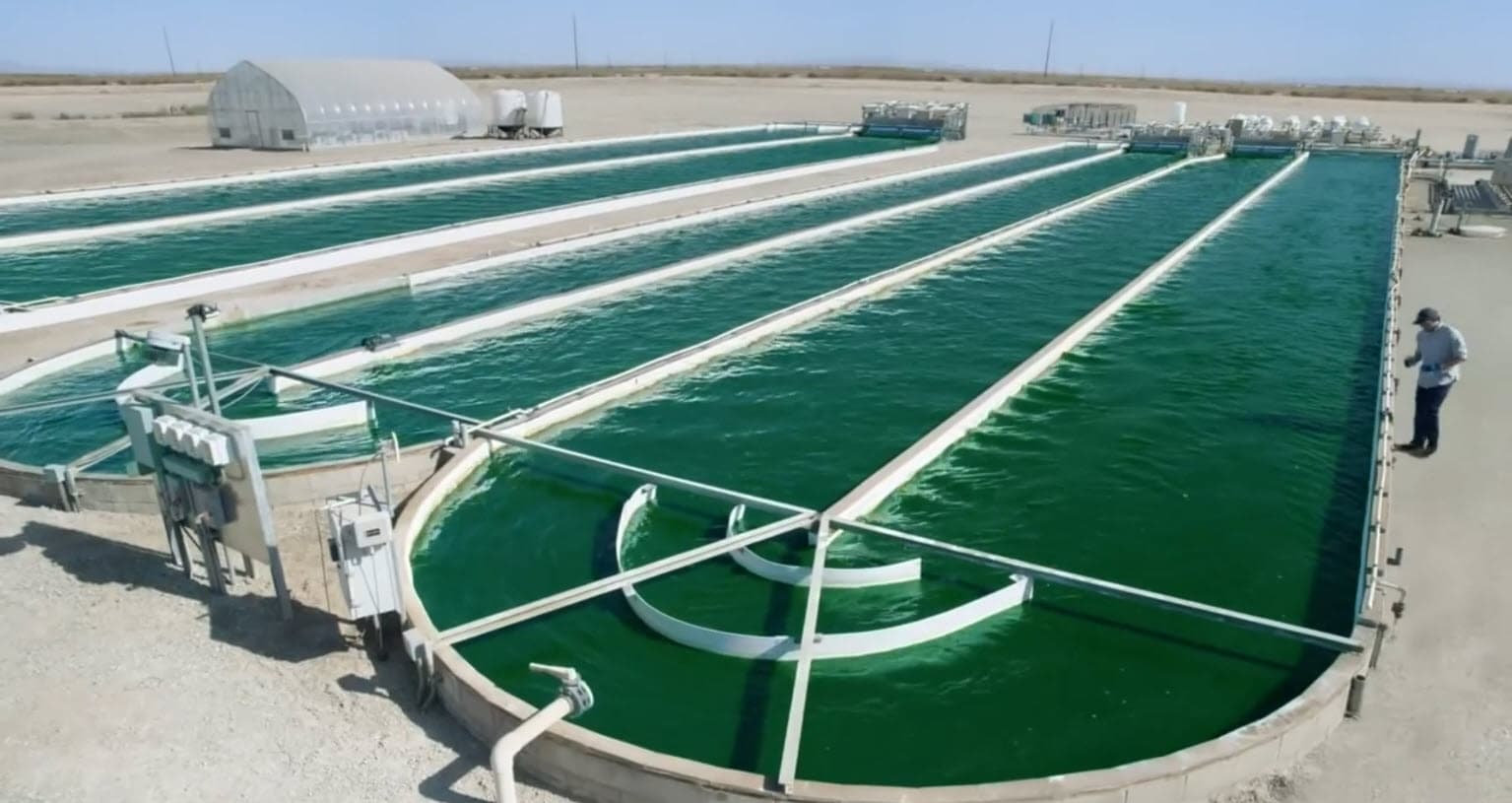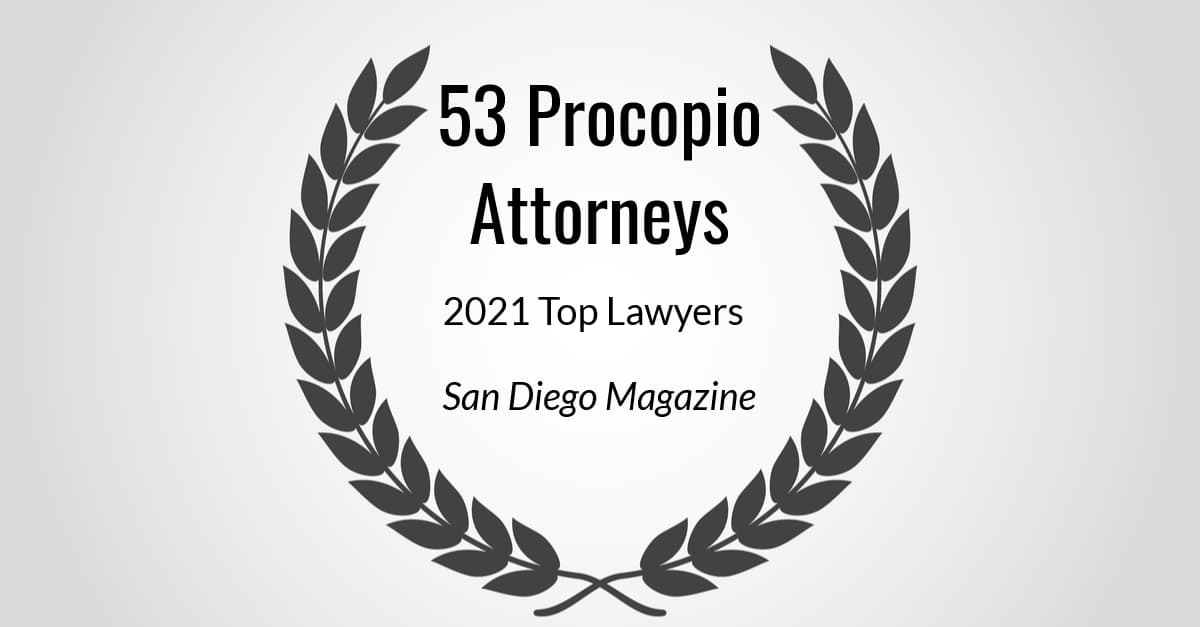John J. Lormon
Partner

Services & Specializations
Admissions
California
Address
525 B Street, Suite 2200, San Diego, CA 92101
Office Tel.
619.515.3217
Fax
619.744.5417
Overview
John is a senior partner in Procopio’s Land Use and Environmental law practice and leader of the firm’s Energy Industry Practice Area. He brings several decades of experience advising clients on complex regulations, compliance, permitting, transactional, and enforcement matters in the environmental and energy sectors. John has built a career at the intersection of California’s expansion of laws and regulation of the environment and the energy industry. His vast experience in these areas has led to connections throughout the political, legislative and agency world. He serves a diverse client base that includes utilities, developers, startups, research institutions, government agencies, and tribal communities. John helps clients navigate regulatory hurdles while maximizing early-stage return on investment, helping clients deploy sustainable energy solutions that also deliver local economic and other benefits. He has moderated numerous panels, served on boards and and published articles on regulatory trends impacting the environment and natural resources, energy law innovation, and sustainable carbon reduction and infrastructure policies.
- Called to find a path forward with a multiagency, high-level business and environmental groups who were deadlocked on what conditions should be imposed before the damaged Exxon Valdez could come into San Diego Bay for repairs. John recommended partitioning each group’s interest in caucuses that allowed issue-by-issue resolution which ultimately led to a quick agreement. The ship came into port and was repaired.
- Managed the first non-military California Ocean Plan exception case allowing Scripps Institution of Oceanography and Birch Aquarium to discharge wastewater into an Area of Special Biological Significance (ASBS) along the La Jolla Shore.
- Succeeded in getting the Regional Water Quality Control Board to first name a landlord secondarily liable for a stevedore tenant’s discharge of copper ore into the bay in San Diego and later in Los Angeles.
- Managed Sea World’s wastewater permitting and compliance, negotiated take permits under federal law for research and show animals.
- Oversaw the San Diego Zoo air pollution permit issues related to the disposal of animals who had passed, drafted two Panda permit importation permits, as well as leaf cutter ants and howling monkey permits.
- Instrumental in securing the first Coastal Commission and Regional Water Quality Control Board permits for the Big Bay Boom 4th of July fireworks celebration, obtaining very favorable settlement terms related to an environmental group’s lawsuit to try to stop the Big Bay Boom. (This was done pro bono as the beneficiary of the event is the San Diego Armed Service’s YMCA.)
- Led permitting and enforcement action matters related to once-through cooling water discharges from power plants, industrial discharges from shipyards and construction project discharges into bay and inland surface water bodies, livestock discharges into unlined and lined holding ponds, development project stormwater discharges into retention ponds, and hotel facility run off to bay waters allegedly impacting the biological integrity of the surface water body.
- Successfully represented numerous clients trying to sell or buy property, or that faced a cleanup order or litigation related to a former dry cleaner or an aerospace company that released chlorinated solvents into the ground water and ultimately into the air through vapor intrusion into businesses, homes and public spaces.
- Obtained favorable decisions for clients before federal, state and local agencies including EPA investigations and regarding petitions to the State Water Resources Board and the California Air Resources Board seeking action or forbearance of action by these agencies.
- Successfully argued that a local air pollution control agency did not have an enforcement right due on a local opacity rule to the federal supremacy that superintended the local enforcement right.
- Advised marinas and waterfront business operators throughout the U.S. West Coast of environmental matters.
- Represented the Port on Coastal Act issues, devising a way to allow public access to the Midway battleship, convincing the California Coastal Commission to approve the permanent placement of that vessel on the downtown San Diego waterfront.
- Obtained rush approvals for development of housing where federal or state rules blocked the projects from grading, and when certificates of occupancy were needed over the holidays, obtain approval through long standing relationships and the trust build with the agency decision makers in these cases.
- Ahead of schedule, obtained Clean Water Act dredge and fill permits and state water quality certifications for several home development projects dealing with complex Waters of the U.S. and Waters of the State impact avoidance and mitigation issues.
- Negotiated multi-million dollar reduction of penalties under Regional Water Quality Control Board’s administrative enforcement action, related to an industrial operator’s alleged release of chlorinated solvent that impacted a school site.
- Successful defense of class action tort litigation filed by homeowners alleging harm from vapor intrusion, and diminution in property value.
- Removed client from involvement in Clean Water Act citizen suit alleging exceedance of stormwater effluent and receiving water limitations by showing the client’s business was not within one of the SIC Codes which subject businesses to the Industrial General Stormwater Permit obligations.
- Resolved questions related to mitigation bank client’s ledger tracking of mitigation credits so mitigation bank would be entitled to reopen and again sell credits with a favorable price-to-ratio of credits sold.
- Negotiated compliance order which allowed the client to reopen a large downtown high rise office building that had been summarily shut down by the Air Pollution Control District due to alleged releases of asbestos containing material, and helped to establish that an “occurrence” existed that triggered coverage under a pollution legal liability policy.
- Provided guidance in the development of universal and hazardous waste policies, training materials, and standard operating procedures for large telecommunication client; in that case saved millions of dollars in penalties and costs in negotiations of the Judgment on Consent with the California Attorney General and the District Attorneys.
- Provided analysis and advice on Proposition 65 issues to sophisticated national clients by working to create a list of possible scenarios (and to answer those hypothetical circumstances),with the goal to be out-in-front of these issues for the company; and the issues that might arise with their contractors, suppliers, and customers.
- Provided strategic legal advice to client developing biofuels research project, including FIFRA and helped them to obtain and experimental use permit to capture local algal DNA microbial strains and create genetically engineered organisms with the goal of increasing the fuel value for a largescale production of carbon neutral biofuels, the client was funded by Exxon.
- Assisted client in arguing for inclusion of more geothermal power in the CPUC’s Integrated Resource Plan – Long Term Procurement Proceeding to ensure that load serving entities (LSEs) meet targets that allow the electricity sector to contribute to California’s economy-wide greenhouse gas emissions reductions goals, and to show the CPUC’s least-cost, best-fit (LCBF) standard should include more than just price attributes for example base load, tariffs on renewable energy materials, and disadvantage community issues (jobs and tax revenue a geothermal project brings to that community) should be part of non-price attribute consideration.
- Advised energy start-up on strategies to maximize return on investment while avoiding regulation as a utility under state law.
- Drafted and negotiated power purchase agreements (PPAs), energy service agreements (ESAs) for solar, battery storage and EV for industrial and educational campuses, smart grid integration projects, co-generation and wind transactions on distributed and on utility scale projects.
- Martindale-Hubbell® AV Preeminent Rating
- Top Lawyers, Energy Law, San Diego magazine, 2017-2022
- Super Lawyers®, Environmental Law, 2007-2011
- JD, Boston College Law School
- BA, Boston College
- Author. “Proposed Legislation Would Transform Solar Adoption and Use for Businesses and Homeowners Across California,” May 6, 2025.
- Moderator. “Green Fleets, Policy and Compliance Panel,” Imperial Valley Economic & Energy Summit, Imperial Valley College, Imperial, CA, June 13, 2024.
- Moderator. “Environmental Breakfast Club Featuring CA Energy Commissioner J. Andrew McAllister, Ph.D.,” La Jolla, CA, May 2, 2024.
- Co-Presenter. “Navigating California’s Green Roadmap: Unpacking the 2024 Zero Emission Fleet Mandate,” podcast, September 22, 2023.
- Co-author. “The stakes are high, and costly, when asbestos removal goes rogue,” Los Angeles Daily Journal, August 22, 2023.
- Co-author. “The legal risks for failure to comply with asbestos abatement obligations,” Los Angeles Daily Journal, August 15, 2023.
- Co-author. “Sweeping California Clean-Energy Regulations on Truck Fleets Put on Hold,” July 31, 2023.
- Co-author. “New rules require careful approach for developers to manage contamination by ‘forever chemicals’,” San Diego Daily Transcript, March 6, 2023.
- Presenter. “Emerging Contaminant Per-and poly-fluoroalkyl substances (PFAS),” webinar, June 29, 2022. Video recording and PowerPoint.
- Co-Author. “California Businesses Face New Organic Waste Mandates in 2022,” November 4, 2021.
- Co-Author. “Understanding The Reach Of California’s Cap-and-Trade Program,” June 2, 2021.
- Presenter. “How Will California’s New Vapor Intrusion Guidance Affect Your Business?” May 28, 2020.
- Co-author. “U.S. Supreme Court Leaves Door Open for Plaintiffs to Challenge EPA-Approved Cleanup Plans Via State Court Suits Seeking More Stringent Requirements and Related Costs,” May 5, 2020.
- Co-author. “Effective Date of New State Wetland Definition and Permitting Procedures,” September 5, 2019.
- Moderator. “Inland Surface Waters, Enclosed Bays and Estuaries (ISWEBE) Plan Update,” Procopio Environmental Breakfast Club, San Diego, CA, May 2, 2019.
- Co-author. “California Adopts Wetlands Definition and Expands Requirements for Dredge or Fill Applicants,” April 4, 2019.
- Co-author. “Proposed Regulatory Changes Would Impact Clean Water Act 401 Applicants in California,” February 28, 2019.
- Presenter. “Electric Transmission Update” Imperial Valley Economic Development Corporation’s 11th Annual Renewable Energy Summit, March 22, 2018.
- Presenter. “Future of Clean Energy” Imperial Valley Economic Development Corporation’s 10th Annual Renewable Energy Summit, March 16, 2017.
- Moderator. “The Latest Greenhouse Gas Emissions Requirements: Impacts and Opportunities,” Procopio Climate Club, San Diego, CA, September 21, 2016.
- Presenter. “From Paris to San Diego: Bringing Global Climate Action Home,” Cleantech San Diego and UC San Diego, April 22, 2016.
- Presenter. “Greenhouse Gas and Renewable Energy Update: International, National and California (SB 350),” April 5, 2016.
- Presenter and Panelist. “Implementation of SB 350,” Imperial Valley Economic Development Corporation’s 9th Annual Renewable Energy Summit, Holtville, CA, March 10, 2016.
- Moderator. “Near Midnight in Paris – Time for Climate Decisions”,Procopio Climate Club, San Diego, CA, December 9, 2015.
- Moderator. “My Face to the Sun: NRG Energy Project Development,” Procopio Climate Club, San Diego, CA, May 13, 2015.
- Author. “Climate Change – Recent Climate Litigation,” California Environmental Law & Land Use Practice, Chapter 85:04, Matthew Bender, LexisNexis, December 2008-2015.
- Moderator. “Zero Parched Thirty – California H2O Mission,” Procopio Climate Club featuring guest speaker, Felicia Marcus, Chair of State Water Resources Control Board, San Diego, CA, November 24, 2014.
- Co-presenter. “Universal Waste Compliance: Are You Prepared?” Procopio Environmental Breakfast Club, San Diego, CA, October 28, 2014.
- Panelist. “Conclusions on Energy Reform: Opportunities for U.S. Businesses,” San Diego, CA, September 19, 2014.
- Panelist. “Making Stormwater Alternative Compliance Programs Work: Opportunities in Development, Funding and Partnering,” San Diego, CA, July 17, 2014.
- Moderator. “Discussion on Environmental Risk and Liability for Real Estate Transactions,” Procopio Environmental Breakfast Club, San Diego, CA, June 12, 2014.
- Panelist. “2012 California Greenhouse Gas Emissions Cap-and-Trade Implementation,” Procopio Environmental Breakfast Club, San Diego, CA, March 29, 2012.
- Moderator. “Water & Energy Series – Part III: The Nexus Between Water and Energy,” Procopio Climate Club, San Diego, CA, March 25, 2011.
- Moderator. “Water & Energy Series – Part II: Pricing Water,” Procopio Climate Club, San Diego, CA, January 28, 2011.
- Moderator. “Water & Energy Series – Part I: The Opportunity in Shortage,” Procopio Climate Club, San Diego, CA, November 19, 2010.
- Former CalEPA Secretary appointment to the California Unified Environmental Statute Committee
- Appointment by the Chair of the Metropolitan Water Board, one of the largest water agencies in the world, as a member of the Blue Ribbon Committee on water management over the next 50-years.
- Mayoral appointment as Chair of the City of San Diego Waste Management Advisory Board.
- Board member, Cleantech San Diego
- Member, Energy Bar Association
- Chair of Procopio Climate Club and Environmental Breakfast Club
- American Bar Association, Section on Environment, Energy and Resources, Climate Change, Sustainable Development and Ecosystems Committee Vice Chair
- La Jolla Country Club, Legal Committee
- Local Enforcement Agency Independent Hearing Panel, City of San Diego Former Member
- San Diego Local Enforcement Agency, Board Member
- San Diego Regional Chamber of Commerce, Member, Board of Directors and Energy and Water Committee
- Scripps Institution of Oceanography, Directors Cabinet and Emeritus Member
- Governor Appointments with California Senate Confirmation:
- California Regional Water Quality Control Board, San Diego Region, Former Board Member
- California Coastal Conservancy, Former Board Member
- “Recorded Webinar Looks at PFAS Impacts and Insurance,” Finishing and Coating, July 11, 2022.















